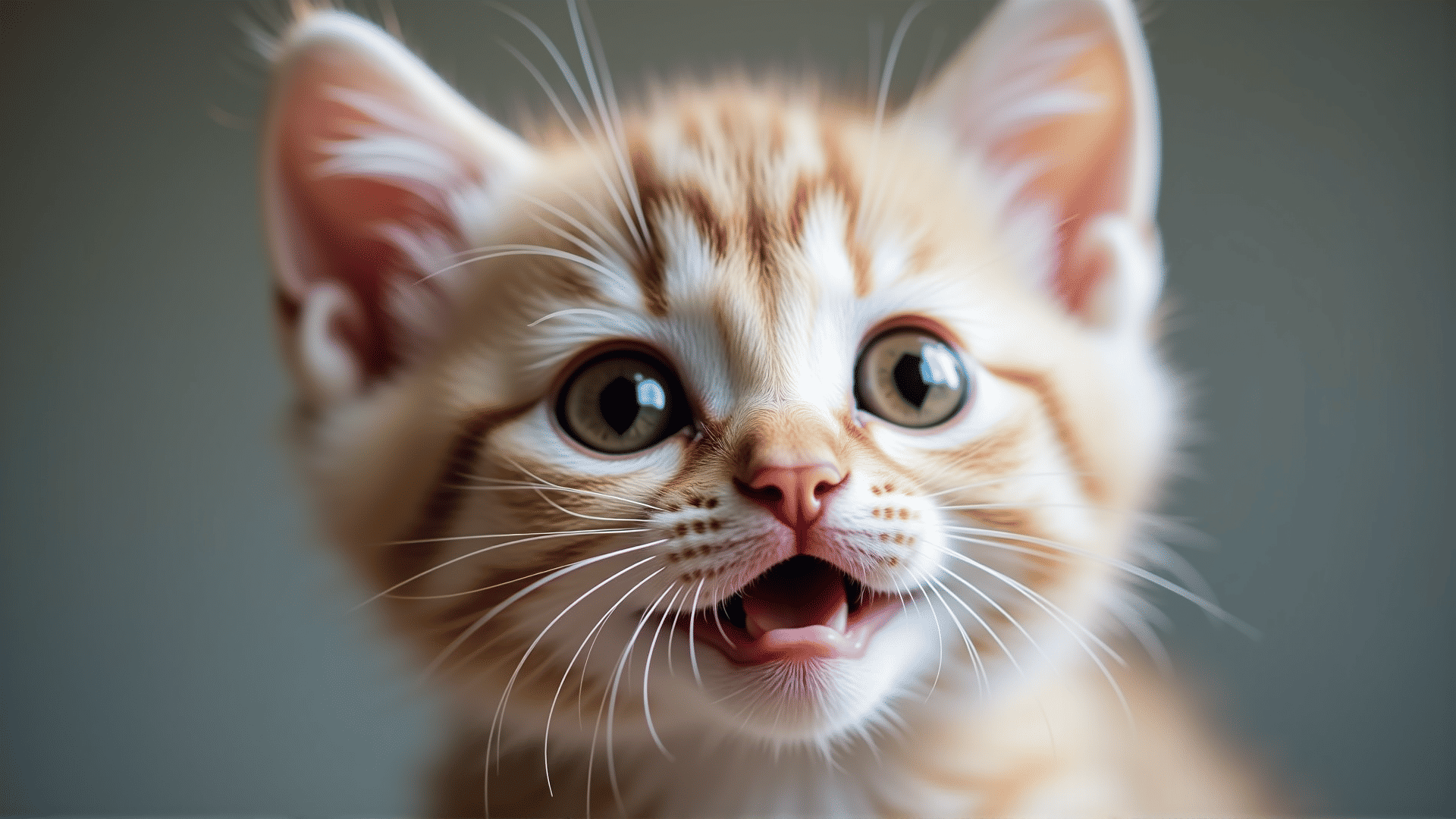Feline companions are known for their enigmatic and independent nature, often leaving their human counterparts puzzled by their behaviors. Understanding the subtleties of feline body language can significantly improve relationships between cats and their owners. By paying close attention to small gestures and movements, one can gain insights into a cat's emotions and intentions, ensuring positive interactions.
One of the primary aspects to observe is a cat's tail. The position and movement of the tail convey a lot about how a cat is feeling. A tail held high suggests confidence and contentment, signaling that the cat is comfortable and approachable. Conversely, a tail tucked between the legs indicates fear or anxiety. Quick, agitated movements back and forth could signify irritation or anger, suggesting it might be wise to give the cat some space.
A cat's eyes are another window into its emotional state. Slowly blinking eyes are often a sign of trust and affection; sending a slow blink back can help build a bond. Dilated pupils might suggest excitement or fear, while constricted pupils can indicate aggression or focus on a particular object or situation.
Ears also play a crucial role in understanding feline behavior. Forward-facing ears indicate curiosity or playfulness, while flattened ears often mean the cat is feeling threatened or frightened. Twitching ears might indicate the cat is annoyed or trying to focus on distant sounds.
Paying attention to vocalizations is equally important. Cats use a range of sounds from meows to purrs and hisses to communicate. A soft purr generally indicates contentment, whereas a high-pitched meow might be a plea for attention or food. Growls, snarls, or hisses are clear signs that the cat is upset or feels threatened.
Cats also communicate through scent. They use glands on various parts of their bodies, such as their cheeks and paws, to mark territory with their scent. When a cat rubs its face against you or objects in your home, it's an act of claiming those spaces as part of its territory, which is also a sign of affection and trust.
Observing body posture can provide further context. An arched back with fur standing on end is a classic sign of a frightened or defensive cat. A relaxed, stretched-out posture indicates a feeling of safety and comfort, suggesting that the environment feels secure to the cat.
By patiently observing and interpreting these behaviors, cat owners can foster a more harmonious relationship with their feline friends. Understanding and respecting a cat’s signals helps ensure that interactions remain positive and stress-free, ultimately enhancing the bond between human and cat.
